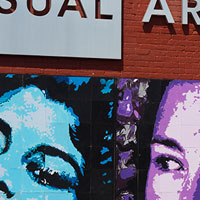Selected Residencies and Exhibitions:
Visarts
Face Jug Project
The term Face Jug is used generically to reference pottery jugs with applied faces, notably with white kaolin eyes and teeth, that have become a staple in southern folk pottery.
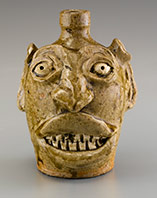 Face jug, Edgefield, South Carolina, ca. 1860–1870. Alkaline-glazed stoneware. H. 6 5/8". (Courtesy, James Witkowski; photo, Gavin Ashworth.)
Face jug, Edgefield, South Carolina, ca. 1860–1870. Alkaline-glazed stoneware. H. 6 5/8". (Courtesy, James Witkowski; photo, Gavin Ashworth.)
The project began with my creating a giant face jug inspired by the19th century southern slave made predecessors, during a workshop with NC based master woodfire potter David Steumpfle at Orzo Studio in Portsmouth VA. It subsequently travelled to Richmond VA unfired to become the centerpiece for my artist residency at Visual Arts Center in Spring 2016. I wanted to take advantage of the incredible outreach and patronage of this vital inner city art center to develop a communal project focusing on race in 21st century America. The diversity within Visual Arts Center was a perfect fit as people from all walks of life and experience come to create art for many different reasons. Veterans groups, disabled artists, summer students, inner city youth, professional retirees - many of whom are serious artists- come through the doors and that means many hands are brought to art.
I had been working with commercial porcelain slips produced for the china doll industry to imitate skin tones of various races. These somewhat suspect stereotyped race colored slips became the vehicle for engagement. The 'skintone' slips with names like creole, very white, cameroon, desert beige and more were laid out in tubs for people to immerse their hands and create their handprints on the jug. This process built up layers of hundreds of hand prints creating a thick crusty surface of human interaction.
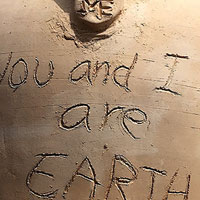
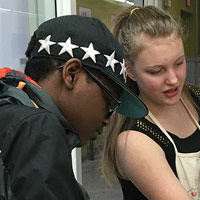
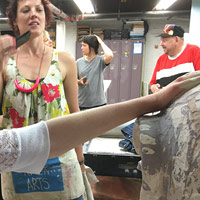
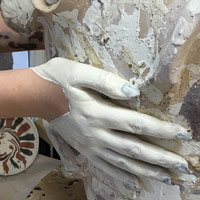
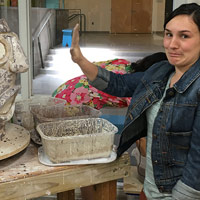
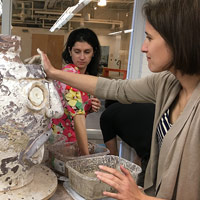
_thumb_large.jpg)
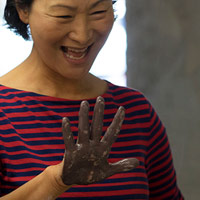
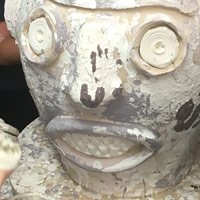
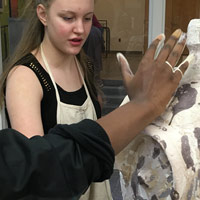
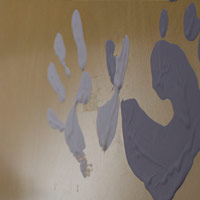
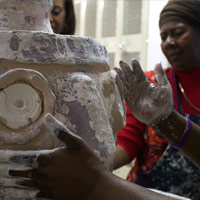
_thumb_small.jpg)
_thumb_large.jpg)
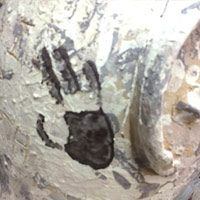
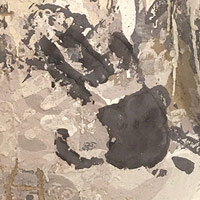
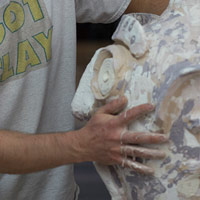
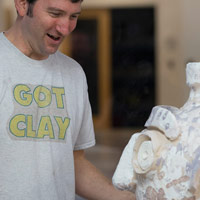
_thumb_small.jpg)
